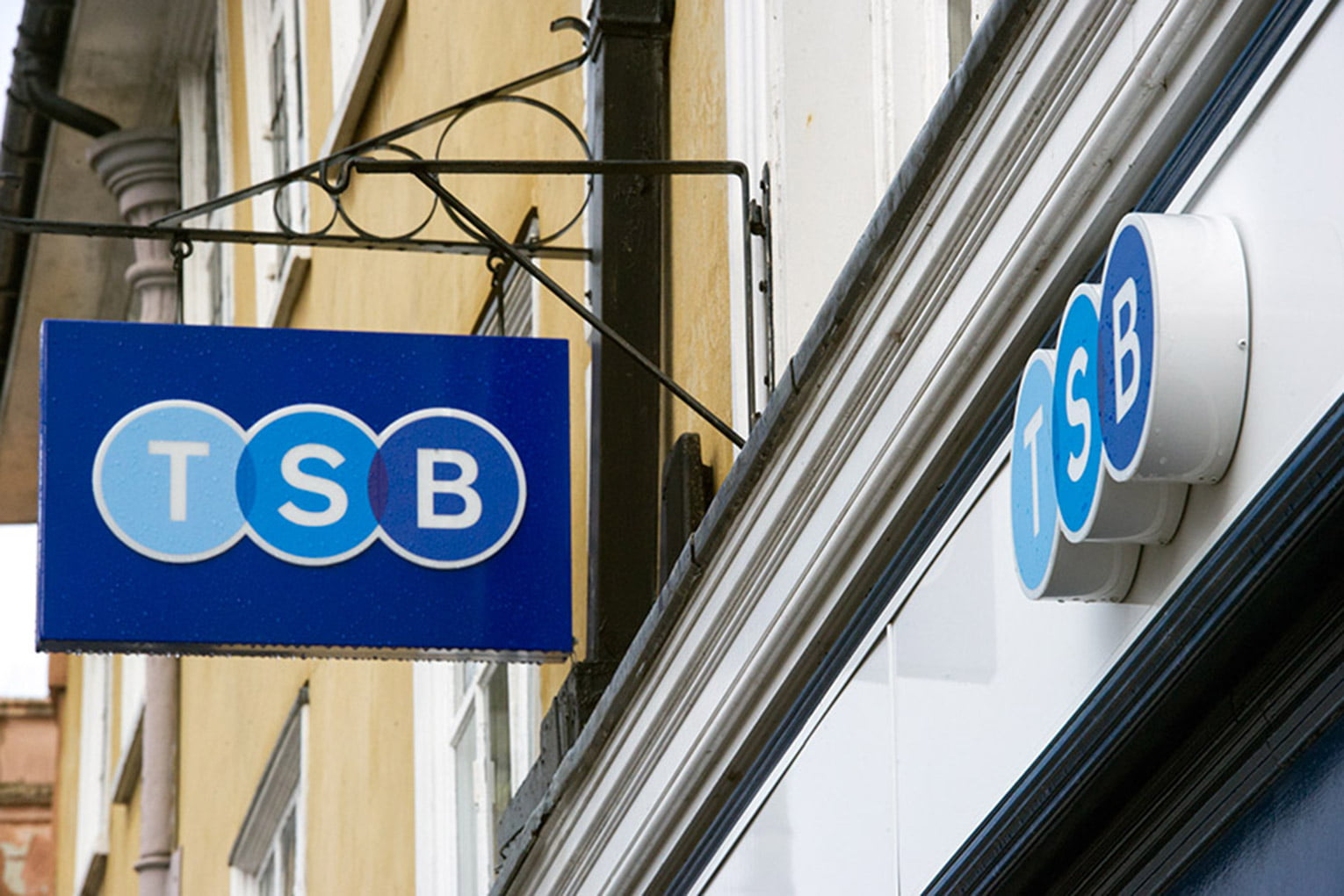The TSB name, a fixture of British high streets for more than two centuries, could soon disappear as part of a £2.65bn acquisition by Spanish banking giant Santander, announced last night.
The deal, which remains subject to regulatory and shareholder approval, would see Banco Santander purchase 100% of TSB from Sabadell, the Spanish lender that acquired the UK bank in 2015.
If completed, the transaction would position Santander UK as the country’s third largest bank by personal current account balances, trailing only Lloyds and NatWest.
While executives were quick to present the acquisition as a growth strategy, with Santander group chair Ana Botín hailing the deal as “a continuing strategic commitment” to the UK market, it also signals a likely end to the standalone TSB brand.
Santander confirmed it plans to integrate TSB into the wider Santander UK business, raising the prospect of widespread rebranding and consolidation.
TRACK RECORD
A spokesperson for Santander UK declined to confirm whether the TSB name would be retired, saying only that such decisions would follow completion of the transaction, expected in the first quarter of 2026. However, the bank’s history of absorbing acquired rivals — including Abbey, Alliance & Leicester, and Bradford & Bingley — suggests TSB’s identity may not survive the integration.
TSB currently operates 175 branches across the UK and employs some 5,000 staff. Combined with Santander’s existing 349 outlets, the merger would result in overlapping physical infrastructure in many communities.
 Santander has not ruled out branch closures or job losses, with a spokesperson acknowledging that “there will be duplication, particularly in back office roles” and confirming that impacted employees would be notified directly.
Santander has not ruled out branch closures or job losses, with a spokesperson acknowledging that “there will be duplication, particularly in back office roles” and confirming that impacted employees would be notified directly.
The acquisition is expected to deliver cost savings of at least £400 million, representing 13% of the combined cost base, though these efficiencies come with projected restructuring costs of £520 million over two years.
The bank says the deal will generate a return on invested capital of more than 20% and lift return on tangible equity from 11% in 2024 to 16% by 2028.
“EXCELLENT FOR CUSTOMERS”
TSB serves approximately five million customers, with £34 billion in mortgages and £35 billion in deposits. The combined business would cater to a total of 28 million retail and business customers.
Santander UK chief executive Mike Regnier described the deal as an “excellent” one for customers, allowing for greater investment in technology and innovation.
The sale marks the latest chapter in TSB’s turbulent recent history. Originally part of Lloyds Banking Group, it was spun off in 2013 under European Commission rules following Lloyds’ £20bn state bailout. It was floated on the London Stock Exchange the following year and acquired by Sabadell in 2015 for £1.7bn.
In 2018, TSB was at the centre of one of the UK’s worst IT crises, when a botched migration from Lloyds’ systems left millions of customers unable to access their accounts. The debacle led to the resignation of then chief executive Paul Pester and a £48.65 million fine from UK regulators.
For Sabadell, the sale of TSB provides strategic breathing room as it seeks to fend off an €11bn hostile takeover bid from rival Spanish bank BBVA. The proceeds from the deal, which could rise to £2.9bn depending on TSB’s performance before completion, will bolster Sabadell’s capital position ahead of that corporate battle.
TSB’s current chief executive, Marc Armengol, sought to strike an optimistic tone, describing the transaction as “the next exciting chapter” for the bank and a good fit for its “loyal customers”. But for many, the deal represents a potential end to one of the oldest names in British banking, first established as the Trustee Savings Bank in 1810.





